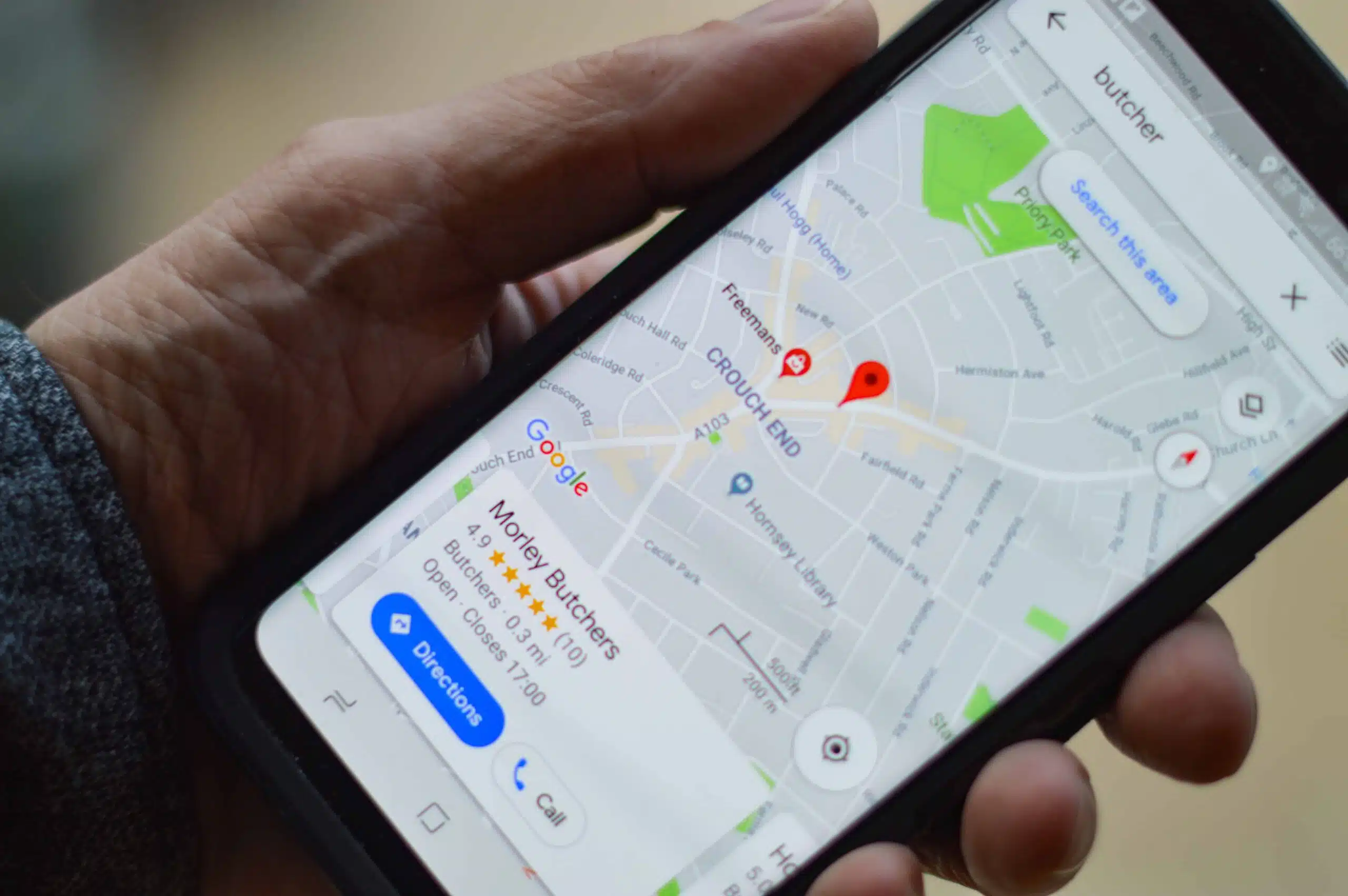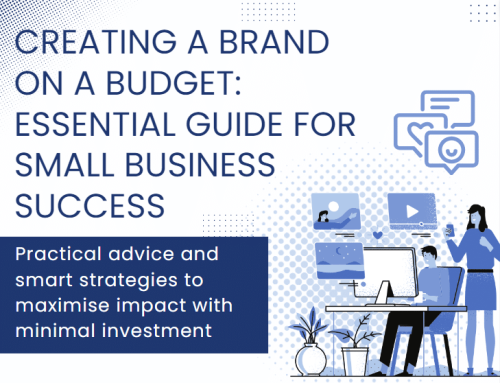Google My Business: claiming and managing your most important digital storefront

We always advise our coaching clients that if there’s one thing they must understand about Google it is this:
Google’s main focus (their ‘why’) is to help their users find exactly what they are searching for. In fact, they want to be so helpful to their users that no other search engine can compete.
So far, they’re definitely kicking that goal. But to stay in that top podium position, Google cannot afford to rest on their laurels. That’s why they change things up so often – they’re always looking for new ways to be faster, more precise and more helpful in the ways in which they match available information with a user’s search.
But why should you care about Google’s goals? And, more importantly, how do they align with your business’ objectives? Well, they don’t, really. Except by accident.
You and Google have something very important in common
Strange, but true. You and the world’s biggest tech company share the exact same goal: to bring your business and your (shared) customers together.
The way Google sees it, if your business offers the best solution to their user’s problem, then they want to help them find you.
And that, right there, is the whole reason why Google My Business (GMB) exists. It’s not an altruistic move on Google’s part to provide business owners with a free marketing tool. It’s one of the ways they increase the value they offer their users.
But just because it wasn’t designed to do so, doesn’t mean your GMB profile can’t help you build your business. In fact, it has become one of the most essential (if accidental) local business marketing tools there is.
Why your Google My Business profile may just be your most valuable digital storefront
You’ve probably noticed that, these days, Google brings up A LOT of information about your business right there on the search engine results page (SERP).
In fact, between the featured snippets, key business information (product and service information, contact details, opening hours, photos etc), knowledge graphs, location information and (last, but definitely not least) the all-important Google Reviews, a customer might not even feel the need to visit your website. They’ve probably already learned most of what they needed to know in order to make a purchase decision.
So, you can see how (especially if you are a local service business or bricks and mortar store) your GMB profile rates up there with your website as your most important digital storefront – it’s now one of the top ways a new customer may discover your business.
That’s why we mentor our coaching clients to take ownership of their GMB. You don’t want to rely on Google to get it right. When your potential customers and clients go looking for a business like yours, you don’t want to miss the opportunity to be found.
How to optimise your Google My Business in 9 simple steps
Step one: Create your account – visit the Google My Business website and click on the “start now” button. You will be stepped through a process where all the key information about your business is added to your profile.
Step two: Verify your listing – once you have completed your profile, you will be offered ways to verify your account – either by phone, email or mail. Once you have received your verification code you can enter this via your account’s dashboard. Once verified, your GMB profile will become searchable on Google search and Maps. You will also be able to manage and edit your information, make posts, track analytics and respond to customer reviews.
Step three: Add images and videos – adding content to your profile is one of the quickest and most effective ways to communicate key things your customers need to know about your business. At a minimum you should add your logo and a cover photo that showcases your products or services. You can, however, add as many photos as you wish and even upload 30 second videos.
NB: For formatting, Google recommends that all photos be in JPG or PNG format (min of 720 x 720 pixels resolution and 10KB-5MB in size). Videos may be no longer than 30 seconds (min 720 pixel or higher resolution) and no bigger than 100MB in size.
Step four: Add your hours of operation and a description of your products and services
Use the dashboard to update the ‘hours of operation’ so that potential customers know exactly which days and times they may visit or call your business. You should also add a description under the “Complete Your Listing” option. Use this opportunity to let customers know more about how your business can help them. This is another SEO opportunity, so be sure to include keywords that your ideal customer may be using to look for businesses like yours.
NB: your business description is subject to Google’s review and approval process. See their guidelines to ensure your description makes the cut.
Step five: Confirm your ‘Attributes’
Google will automatically make suggestions regarding the key features, values or offerings of your business based on the category you chose when creating your profile. To access, review and confirm the attributes Google has listed, click on the “Info” tab on the dashboard. Once applied, any attributes you have confirmed will appear as ‘badges’ on your GMB listing (this may take up to three days).
Step six: Create a post
Adding content regularly, such as updates, events, offers and product or service posts is a great way to grab attention and keep your profile fresh and relevant. It’s important to note that posts disappear after seven days – so be sure to post regularly. The greatest benefit is the ability to add a call to action (CTA) button – ‘buy now’, ‘call now’, ‘learn more’ etc. This allows customers to take active steps towards doing business with you right then and there (ie while they are ‘in the moment’).
Step seven: Encourage (and manage) reviews
Google Reviews are incredibly important for creating a bank of ‘social proof’ that helps customers feel safe about doing business with you for the first time. For a guide on collecting and managing Google Reviews see our previous post on boosting positive online reviews.
Step eight: Post and respond to FAQs
The ‘Frequently Asked Questions’ section presents an opportunity to overcome any concerns or objections a potential customer may have about doing business with you. If you have a FAQ section on your website, you can use it as a guide for the kinds of questions you should post on your GMB profile (ie by clicking on the “Ask a question” button and then posting the answer).
Take the time to be responsive to any questions that potential customers post. As well as being a good customer service practice, it shows that there is a real person on the other side of the computer screen. Your management of the FAQ section should also include deleting any repetitive (or inappropriate) questions and editing answers to ensure accuracy.
Step nine: Take a proactive approach to keeping it updated
Your Google My Business profile is not a ‘set and forget’ asset. You will need to invest time in regular maintenance to get the most out of this tool. That means keeping all information up to date, responding to reviews and questions and using the Google Insights data to optimise your profile and posts.
With Google My Business offering all this functionality… do I still need a proper website?
The answer is (as usual) “it depends”. For a very small business whose offering is a low-risk and low-involvement purchase for the customer (ie an ice-cream store), a GMB profile may just do the job. If, however, you offer a large, complex range of products or customised services, your customers will require more information than a short profile page can support. We advise our coaching clients to maintain a website from the point of view that they ‘own’ that space and have more control over the information shared there. Also, it certainly doesn’t hurt to increase the number of places where your customers can ‘discover’ your business online.
Google My Business will help your local business grow
GMB may have been designed to improve the search experience for Google’s own users, but it’s proving to be a game-changer for local businesses looking to make themselves more visible online. To win new local customers, this is the main race you need to be running in. To get you out of the gate, use our nine-step guide and claim one of your most important digital storefronts today.




